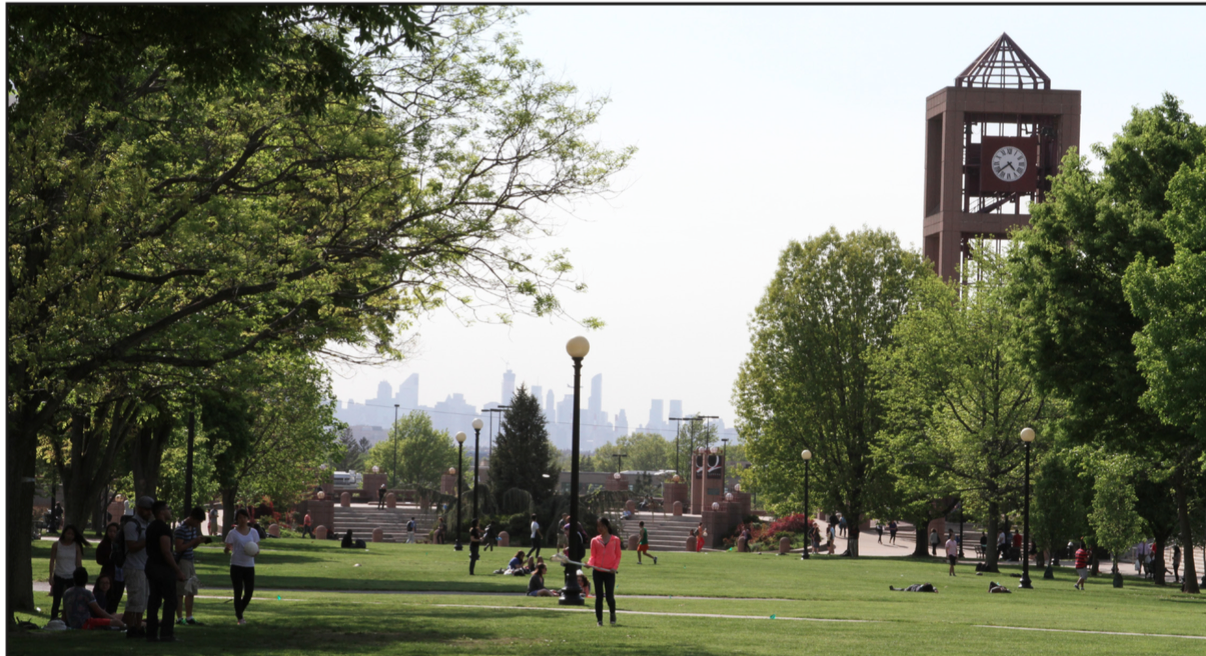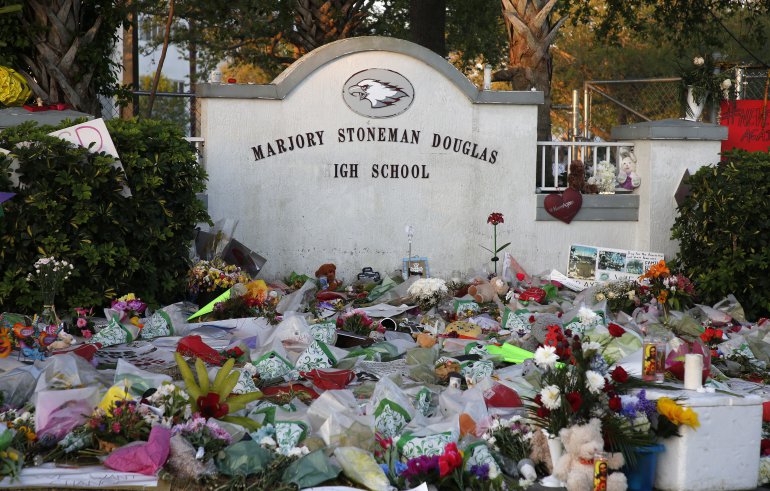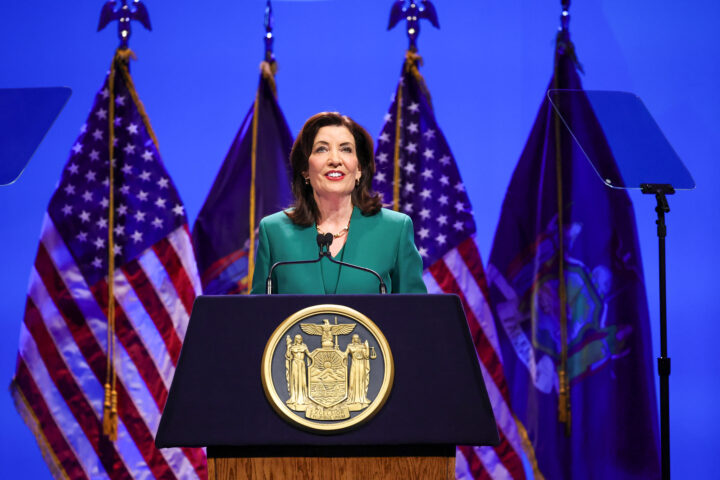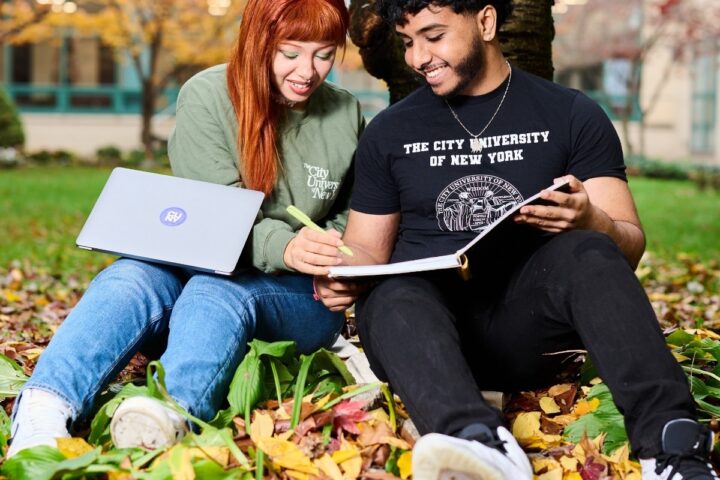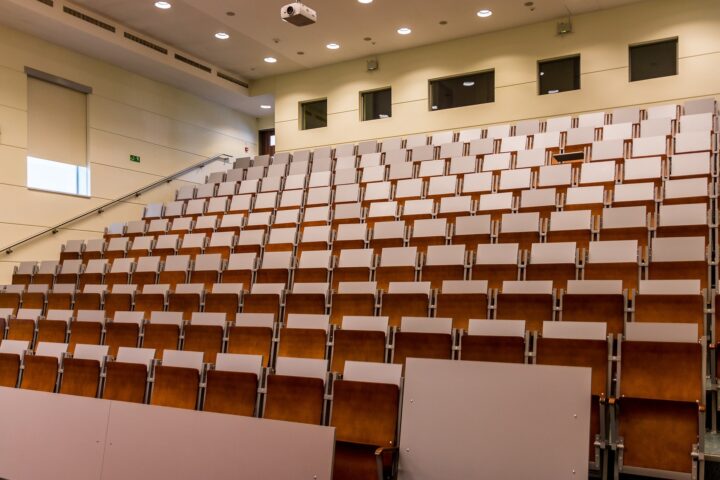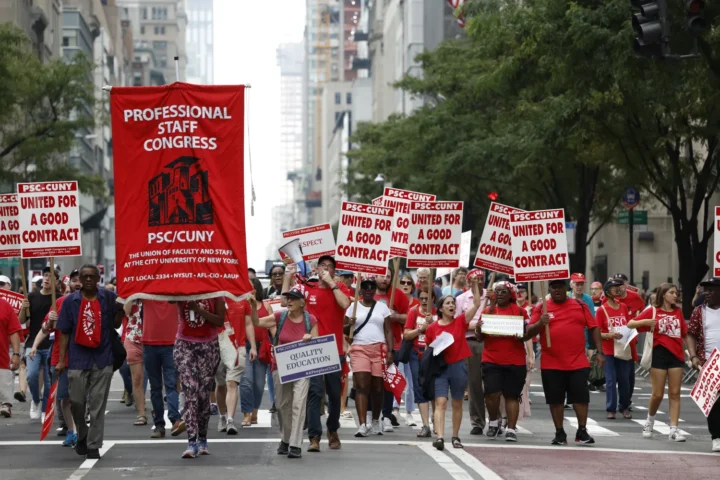The “New York Times” recently published a study by the Equality of Opportunity Project, which used federal Internal Revenue Service data of 2,200 United States colleges and universities. The study compared the parental income of roughly 30 million students born between 1980-1991 to the children’s income as college-educated adults.
The analysis ranked Queens College in the top one percent of all colleges in moving students from the bottom fifth of income distribution to the top fifth. The City University of New York ranked in the top tier and moved almost six times as many low- income students into the middle class and above than all eight Ivy League campuses, Duke, M.I.T. Stanford, and Chicago combined.
“Queens College first opened its doors in the fall of 1937 with the goal of providing a first-class education to students from all financial and ethnic backgrounds, an education that would lift them from often humble circumstances to becoming active and prosperous participants in the American Dream. We have never wavered from that goal,” QC president Félix Matos Rodríguez said.
As published on CUNY Newswire, Matos Rodríguez commented on the study and empha- sized its importance.
“Albeit this study is but one indicator, it powerfully demonstrates that when it comes to eco- nomic mobility, Queens College is making a larger impact than virtually every other college in the country. When our students—rich in ambition, talent, and creativity—are given the advantage of a high-quality, world-class faculty, they become the backbone of our city and state workforce.” Matos Rodríguez said.
Japneet Singh, QC student body president and a graduate student, feels the low cost education offered at QC attributed to its placement on the list
“In my opinion, we are in the top one percent because we offer the best bang for the buck. When it comes to our campus, the quality of its education, its opportunities, and extracurricular activities, especially when compared to other colleges, we have so much to offer,” Singh said.
Singh feels his experience of being involved in student government is a keystone in helping him gain a greater appreciation for QC.
“When you get involved, you see what goes on behind the scenes—the decision making process, the hard work, the sacrifices made to benefit the school and its students, it makes you appreciate everything so much more,” Singh said. “I’ve been a part of the system for a long time, I believe in our school and I believe in CUNY, so this study comes as no surprise.”
Christine Ramkarran, a junior English major, member of the Jeannette K. Watson class of 2018, and co-facilitator of CERRU, at QC feels the extracurricular activities offered at QC are essential to fostering success.
“I agree with the results of the study because I’m a part of several of the amazing opportunities available via QC that will allow me to achieve a great professional future.,” Ramkarran said. “I feel the study shows something really powerful in terms of how driven QC stu- dents are. It’s great that the op- portunities are present on campus, but it’s even better to know that so much of the student body is tapping into them and utilizing what our school has to offer.”
Matos Rodríguez agrees with Ramkarran and emphasized the importance of being involved in the community one is a part of. “Queens College students are active citizens, top-flight professionals, job creators, and productive taxpayers,” Matos Rodríguez said.
“Most often they live or work in the metro- politan region, anchoring their neighborhoods, contributing to long-term growth, more than paying back the investment the city and state made in their education. Hard-working stu- dents improving their economic standing and strengthening the economy of our city, state and nation is a story we can all be proud of.”


